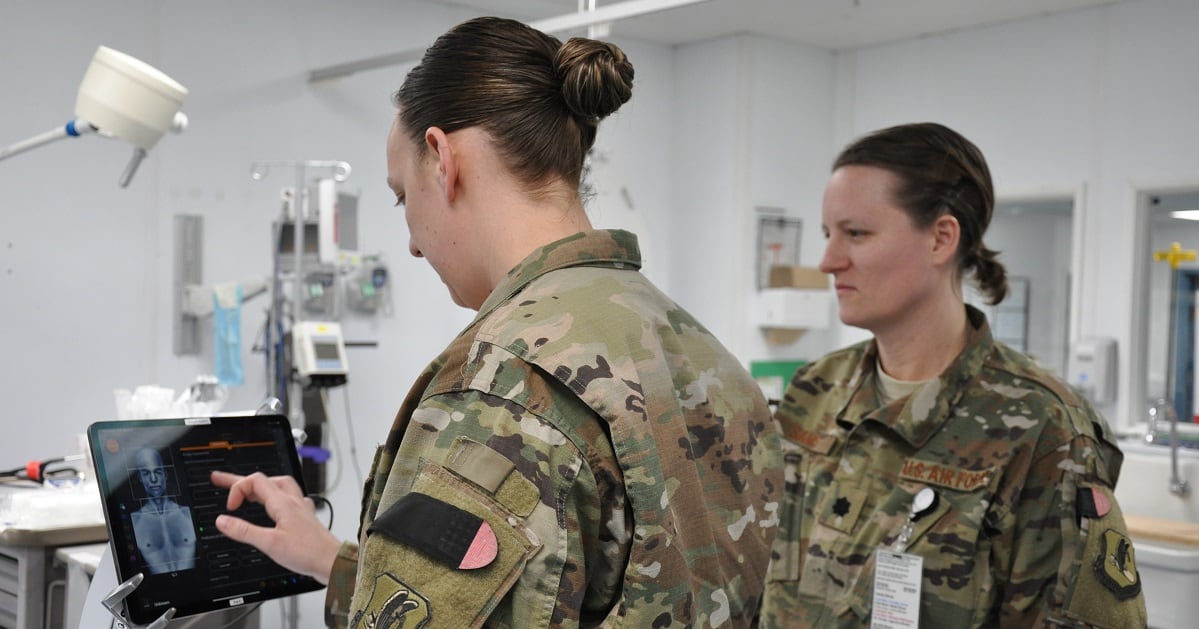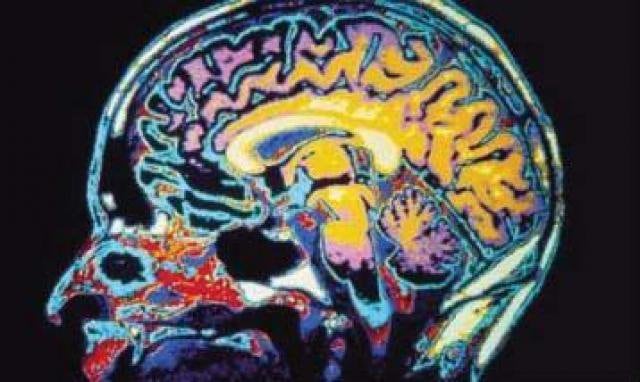*Editor’s Note: This article was published as part of a content-sharing agreement between Military Times and The Texas Tribune.
The University of Texas Health Science Center at San Antonio will be home to a new trauma care research center.
The University of Texas Board of Regents approved $2.5 million earlier this year for the Trauma Research and Combat Casualty Care Collaborative at UT Health San Antonio, in partnership with the U.S. Department of Defense.
The research at the new center aims to improve the way medical professionals help both civilians and military patients recover from physical and emotional trauma. The U.S. military has a long history of developing research to improve medicine.
For example, a 2009 study on combat-related injuries found that warm, fresh blood made the single largest difference in improving survival rates. That medical innovation is now adopted in several trauma and pre-hospital systems.
RELATED

Physical trauma is the No. 1 category of preventable death, according to the Centers for Disease Control and Prevention. Car crashes, falls, assaults and shootings keep emergency medicine practitioners across the country busy as the primary traumas filling emergency rooms.
The center is the latest addition to the military medicine ecosystem in San Antonio, which trademarked its nickname as “Military City USA” in 2017. The state’s second-largest city also hosts the headquarters of the Army Medical Department at Fort Sam Houston on Joint Base San Antonio. San Antonio is home to more than 65,000 active military or Department of Defense employees, nearly 60,000 military dependents and more than 57,000 military retirees.
For the past 25 years, the major hospital on the military base, Brooke Army Medical Center, has opened its doors to city residents for emergencies and acts as a Level 1 trauma center. Level 1 trauma centers offer the most comprehensive services to critically injured patients through all aspects of prevention and rehabilitation in a region.
The $2.5 million approved by the university — along with matching funds from the military — extends this decadeslong partnership to bring lessons learned from battlefield innovations to first responders in the rest of the world.
Dr. Susannah E. Nicholson, a trauma surgeon and director of trauma research at UT Health San Antonio, said the funding will primarily develop the project leadership team.
Nicholson said the research team will focus on traumatic brain injury, stem cell research, drug development and anti-shock therapies — areas in trauma medicine that need more emphasis for medical innovation. Nicholson also mentioned artificial intelligence support in the medical industry, technological advances and the complex logistical systems required to bring these innovations into practical, regular use.
The research partnership may also help find better outcomes from psychological trauma.
Dr. Ronald Stewart, chair of the medical school’s surgery department, said trauma is a “physically or emotionally harmful event or life-threatening event that has potential for long-term problems.”
“It’s a massive health problem, the most expensive health problem in the U.S.,” Stewart said.”The nexus of these issues, the interface between physical and psychological trauma, to me they’re not different. They’re both injuries with potential lifelong consequences.”
Stewart said trauma research is severely underfunded but that the new research initiative in local partnership with Brooke Army Medical Center, the 59th Medical Wing — a military unit with an emphasis on medical research — and the U.S. Army Institute for Surgical Research demonstrates ways in which civil-military partnerships work best.
Disclosure: The University of Texas Health Science Center at San Antonio has been a financial supporter of The Texas Tribune, a nonprofit, nonpartisan news organization that is funded in part by donations from members, foundations and corporate sponsors. Financial supporters play no role in the Tribune’s journalism. Find a complete list of them here.



